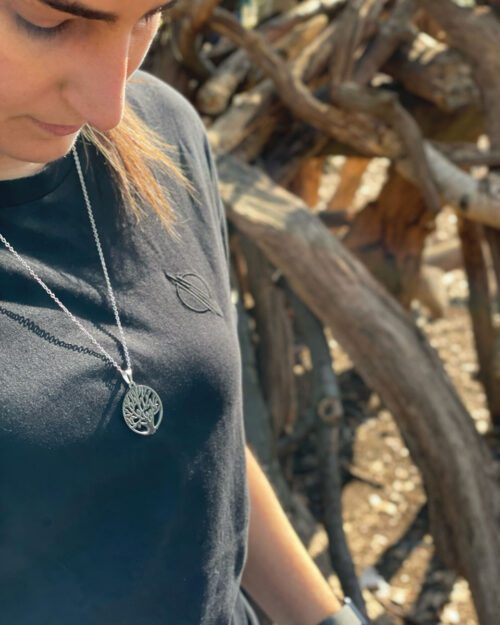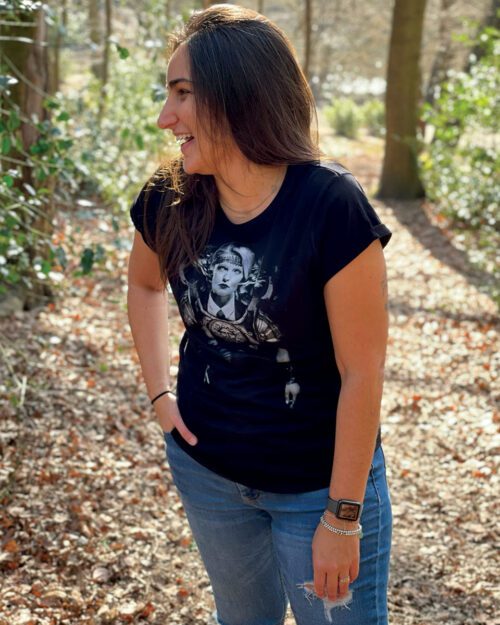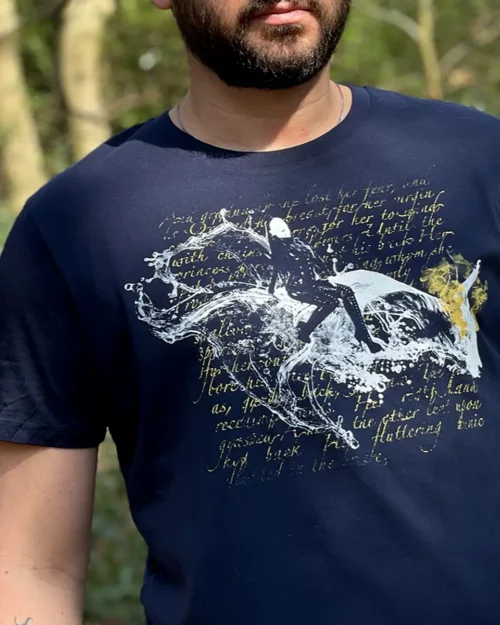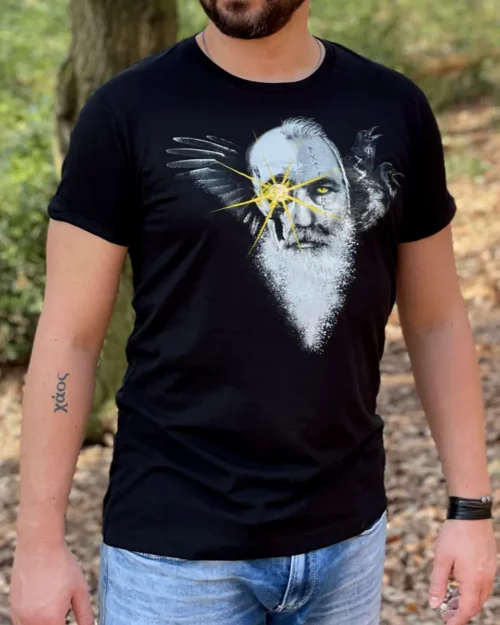If you search for Celtic gods, you will probably bump into his name and possibly find some visual references, but none of them can give us much conclusion about his personality, function or appearance.
Even his name is not certain. The name Cernunnos comes from inscriptions found in some places that may refer to the same deity. One of them is under the Cathedral of Notre Dame, in Paris in a pillar known as Pillar of the Boatmen. The other similar inscription remains in Luxemburg as “Deo Ceruninco”.
All the inscriptions and images that seem related to Cernunnos are from Roman times, even though the Roman religion was endorsed, local gods were also worshiped. This was one of the ways the Romans found to keep peace and order throughout the Empire.
There are many different representations identified as Cernunnos, but they all depict him with the same similar characteristics: antlers, seated cross-legged and always associated with stags, horned serpent and other beasts, also he is usually holding or wearing a torc around his neck.
One of the most famous images from Cernunnos – or at least we think it’s him – is carved on the Gundestrup Cauldron. The cauldron is a decorated silver vessel, dated around 150 BC and 1 BC. It is the largest known example of European Iron Age silver work from this age. It is now on display in the National Museum of Denmark in Copenhagen. But the earliest depictions of him were found at Val Camonica, in northern Italy, which by that time was under Celtic.
Now, what is Cernunnos really about?
Not very much, I’m afraid. The name Cernunnos is the name given to the horned god featured in Roman-era, mostly in Gaul and Iberia. Some things we know are that he was worshipped as “the lord of wild things” and should be really powerful.
As the god of wild things, he was held as god of uncivilised and wild animals, trees and fruits. This way we can also assume the Horned One could also have had some relation as a god of fertility and life, maybe a source of vitality or virility.
We can also relate Cernunnos to the mythological Greek god Pan and the Roman Silvanus. Both were horned gods and ruled the forests, promoting the natural world and wild animals and instincts. It is also possible that the cult of the Horned god could have inspired catholics to connect his image with the devil, helping to fight paganism in central Europe.
Cernunnos unfortunately was lost in history and scholars are doing the best they can to find more information about him as there were no written registers by that time. Let’s hope they can help us understand the Horned One a bit better as soon as possible.







